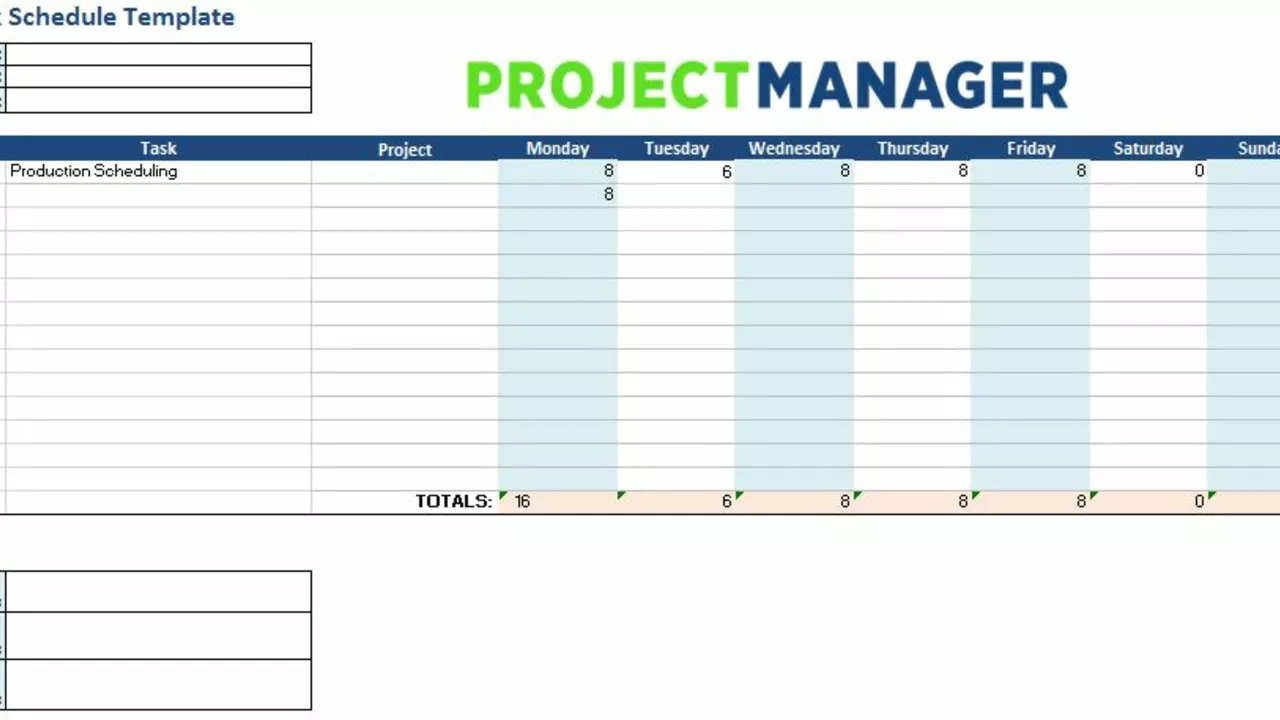Days per Week – How Many Training Sessions Really Matter
When planning your athletic routine, Days per Week, the count of training sessions you fit into a seven‑day period. Also known as weekly training frequency, it guides how you balance work and rest. Understanding this core metric sets the stage for smarter workouts.
One of the first companions of days per week is a training schedule, a structured plan that maps each session to a specific day, intensity, and focus area. A solid schedule lets you see where strength, skill, and cardio fit, making it easier to avoid over‑loading any single muscle group.
But a schedule alone isn’t enough – recovery time, the rest periods built between workouts to let muscles repair and energy stores refill is the hidden engine that turns effort into gains. When recovery is too short, fatigue piles up; when it’s too long, you lose momentum.
The link between frequency and results shows up in performance improvement, the measurable boost in speed, strength, or technique you see over weeks and months. Research consistently shows that optimal days per week combined with proper recovery drives steady performance jumps, while erratic patterns stall progress.
For swimmers, the equation has a few extra pieces. A typical swim workout blends endurance laps, sprint sets, and technique drills. If you hit the pool three times a week, you can focus each day on a distinct goal – one day long aerobic swims, another day high‑intensity sprints, and a third day fine‑tuning stroke mechanics. Adding a light recovery swim on a fourth day often speeds up adaptation without adding strain.
How do you decide the right number of sessions? Start by assessing your current level and goals. Beginners aiming for general fitness usually thrive on 2–3 days per week, giving the body ample time to adapt. Intermediate athletes targeting specific performance milestones often move to 4–5 days, pairing hard days with active‑recovery sessions. Elite competitors may train 6–7 days, but their schedules are meticulously periodized to prevent burnout.
Common pitfalls include “one‑size‑fits‑all” thinking and ignoring life’s other demands. If your job, school, or family responsibilities already eat up time, adding extra sessions may backfire. Instead, tweak intensity or swap a high‑impact day for a low‑impact cross‑training activity like cycling or yoga. Tracking how you feel after each week helps you fine‑tune the number of days without guessing.
Below you’ll find articles that unpack each of these ideas in detail – from crafting a balanced training schedule to mastering recovery tricks and boosting swim performance. Dive into the collection and discover the sweet spot for your own days per week routine.
How many days does the NFL practice in a week?
As a passionate follower of the NFL, I've always been curious about how often these professionals practice. From my research, I've found that NFL teams typically practice about three to four days per week during the season, but this can significantly increase during the preseason and playoffs. It's quite impressive how these athletes balance intense training with recovery time to perform at such high levels. I've gained a deeper appreciation for the dedication it takes to be an NFL player, as it's clear that their hard work extends far beyond the games we see each week. This information might be interesting for other NFL fans like me who enjoy understanding the behind-the-scenes efforts of our favorite teams.
